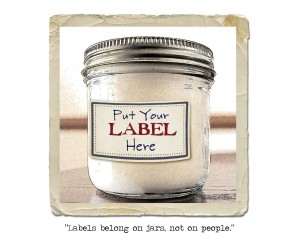(2/1/16) Larry Flynt is a genius. Having taken a $2,000 investment in an Ohio bar and turned it into a publishing empire valued in the hundreds of millions would be reason enough to hang the G-label on him, but the more valuable accomplishments of Mr. Flynt’s career are found in the social and legal battles he initiated to protect expressive and sexual freedoms in America. It wasn’t always pretty–and there were certainly tragic casualties along the way–but his inspired efforts helped an entire generation (and hopefully, many more to come) define a clear line between personal rights and government interference. He could have just let his bar go bankrupt, but no, he had a different idea instead. Genius.
Ironically, while a lot of progress has been made in defining sexual freedoms, Americans still cannot agree on what “sex” itself is. Images of a U.S. President wagging his finger and fiercely proclaiming, “Ah did nawt have sex-shul relations with that woman” might be a semi-humorous example of this dilemma in practice (even if just a self-serving one), but apparently it’s just the tip of something bigger.
Among a wide range of adult males and females, a recent study by the Kinsey Institute found that there was a significant lack of consensus on what kind of behaviors are actually being defined as sex. While the basic peg-A-into-slot-B notion (penile-vaginal contact) seems safely inside the bin, all bets are off when it comes to just about anything else.
For example, fewer people concurred that it constituted having sex even in penile-vaginal scenarios if the male didn’t orgasm. Additionally, the study found that 20% didn’t agree that anal intercourse constituted sex and 30% felt that oral activities shouldn’t be included in the definition. Perhaps not so surprisingly, about 50% of those surveyed stated that masturbatory behaviors did not qualify as sex, even if the contact was performed by someone else. The bottom line: What seems to be a fairly simple concept in principle is apparently anything but. The question is: Is that a “good” or a “bad” thing? While there are certainly medical and educational ramifications in these findings, the social and legal aspects merit attention and serious discussion as well.
Diversity is a productive ingredient in any evolved society, but divisiveness tends to create a vacuum that is often filled with reactive shortsightedness–and sometimes worse. Just ask Larry Flynt.
What say you?

